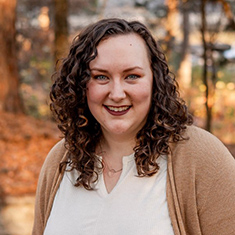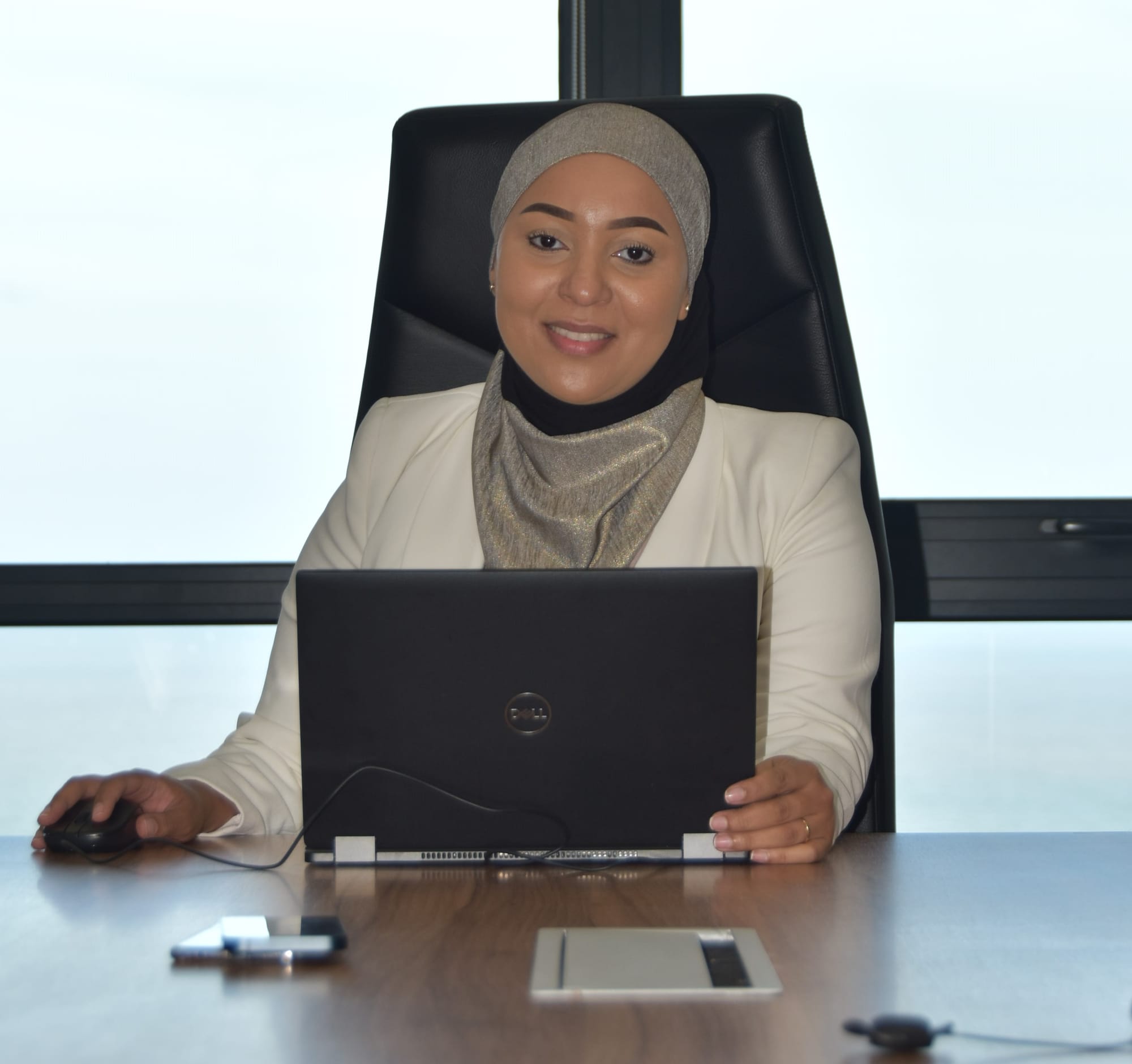Large-scale land registration programmes such as the U.K. for International Development (DFID)-funded Rwanda Land Tenure Regularisation Programme have demonstrated that it is possible to roll out land registration programmes quickly and cheaply, on a national scale. Now, a similar but even more ambitious U.K. initiative in Ethiopia—the Land Investment for Transformation Programme (LIFT)—is beginning to gain traction. Building on the lessons learned in Rwanda, LIFT is working to keep the momentum going, ensure the programme is financially sustainable, and begin to realize the development benefits of expanded land titling.
Rwanda’s land programme was a game changer. It replaced the old paradigm for mass land registration—driven at a slower pace by professional surveyors and legal officers—with a nimbler, more scalable approach made possible by developments in the Global Positioning System (GPS) and mobile computing technology, low-cost satellite and aerial imagery, and an acceptance of the fact that the land-holding community itself can conduct and officiate the demarcation and adjudication of property.
Similar registration projects in Lesotho, Mozambique, and Namibia have subsequently confirmed that large-scale, low-cost land registration is possible in a variety of contexts. Promising results are also beginning to come in from the U.S. Agency for International Development (USAID)-funded work in Tanzania. But Rwanda remains the only country to use these technologies and techniques to complete the systematic registration of the whole country, in part because Rwanda has inherent qualities that facilitate nationwide implementation. A small country with a homogeneous governance structure, it had little in the way of formal land tenure prior to the regularisation programme, and only weak customary tenure systems. Such conditions are uncommon in other countries, reminding us that it is important to consider the concrete challenges of delivering the registration process, however desirable that process may be in the abstract.
From Rwanda to Ethiopia: The Challenge of Implementation
Implemented by DAI and the Government of Ethiopia, LIFT aims to deliver similar results to those achieved in Rwanda, but with an explicit imperative to improve the incomes of the rural poor and enhance economic growth. It pursues this objective through the second-level land certification of up to 14 million parcels, benefitting approximately 6.1 million households, with women accounting—jointly or individually—for 70 percent of land holders. In the Ethiopian context, second-level land certification is the process of updating and improving existing land records, including generating a map showing the land parcel, its geometry, and its neighbouring parcels. At the same time, LIFT is building capacity in the Ministry of Agriculture’s Rural Land Administration and Use Directorate.
In addition to the greater number of parcels in Ethiopia, compared to Rwanda, the team faces new challenges such as working in a federal system. LIFT coordinates operations across approximately 140 woredas (local districts) in four highland states: Amhara; Oromia; the Southern Nations, Nationalities People’s Region; and Tigray. These states represent a large and diverse geography—the LIFT project area alone is eight times larger than the nation of Rwanda—and these diverse geographies encompass diverse socio-cultural contexts. LIFT works across dozens of languages (we currently use four languages in our operations) and engages various distinct peoples with deep and complex cultural norms and customary practices around land tenure.
These challenges notwithstanding, LIFT is committed to achieving four outputs:
- Second-level certificates issued recognising the rights of joint, polygamous, and female-headed household land holders.
- Land administration system implemented and operational in targeted woredas.
- Improved supporting functions for the rural land market for women and poor farmers.
- Improved policies and institutions for the rural land market.
In the second-level land certification process, orthophotos yield high-resolution maps on which land holders identify their parcel boundaries in the presence of their neighbours and local leaders. The resulting boundaries and occupancy data are computerised locally by LIFT’s technical support teams. After verification, this data is further processed and approved for inclusion on a register of land rights. After approval, land holders receive a printed certificate stating the parcel boundaries, occupancy details, and land rights.

To sustain the certification process and thereby ensure the long-term security of farmers’ land holdings, we are also supporting the government’s implementation of a new Rural Land Administration Information System that enables land transactions to be digitally recorded, monitored, and reported. This process includes clarifying land administration procedures and training woreda personnel in their effective and transparent execution.
Economic Empowerment and Long-Term Sustainability
A unique aspect of LIFT is its economic empowerment component, which uses the Making Markets Work for the Poor (M4P) approach for the first time on a large-scale land reform programme. LIFT’s Economic Empowerment Unit drives change in the land sector to maximise the productivity and incomes of farmers, particularly those in vulnerable groups, and addresses constraints in land markets that prevent farmers from fully capturing the benefits of second-level certification.
LIFT is also developing complementary interventions in land and closely related markets (such as finance). For instance, we are helping microfinance institutions develop financial products that allow farmers to use the second-level land certificates to access credit; working with land rental service providers to connect land holders with renters, and guiding them through the process of registering rental contracts; and establishing community compost hubs for registered land holders so that farmers may sustainably improve agricultural inputs and production.
LIFT is now focusing on sustainability and long-term impact, key to which is demonstrating how participation in the land administration system benefits land holders. The functions of the rural land administration must be strengthened and embedded into everyday public life across the regions, and the public must buy in to the system. To understand the perceived barriers to participation, we will conduct public surveys and address any concerns through awareness campaigns.

Operationally, we are investing in training and equipping local land administration offices not only to handle land transactions but to provide knowledgeable, sensitive, and helpful customer service. Ultimately, the land administration system should be financially sustainable, so LIFT will examine how new revenue streams may be derived from the use of cadastral data for planning purposes, for example, or through collaboration with the private sector on crop insurance products.
With LIFT moving into top gear and beginning to deliver on its ambitious objectives, there may be an opportunity to extend the range of development partners making a financial and political commitment to the programme. The challenge is no longer about how LIFT can do more, but how LIFT can do better.
Note: The opinions expressed in this article reflect the views of the author and are not necessarily those of the U.K. Department for International Development, the U.K. Government, or the Government of Ethiopia.




